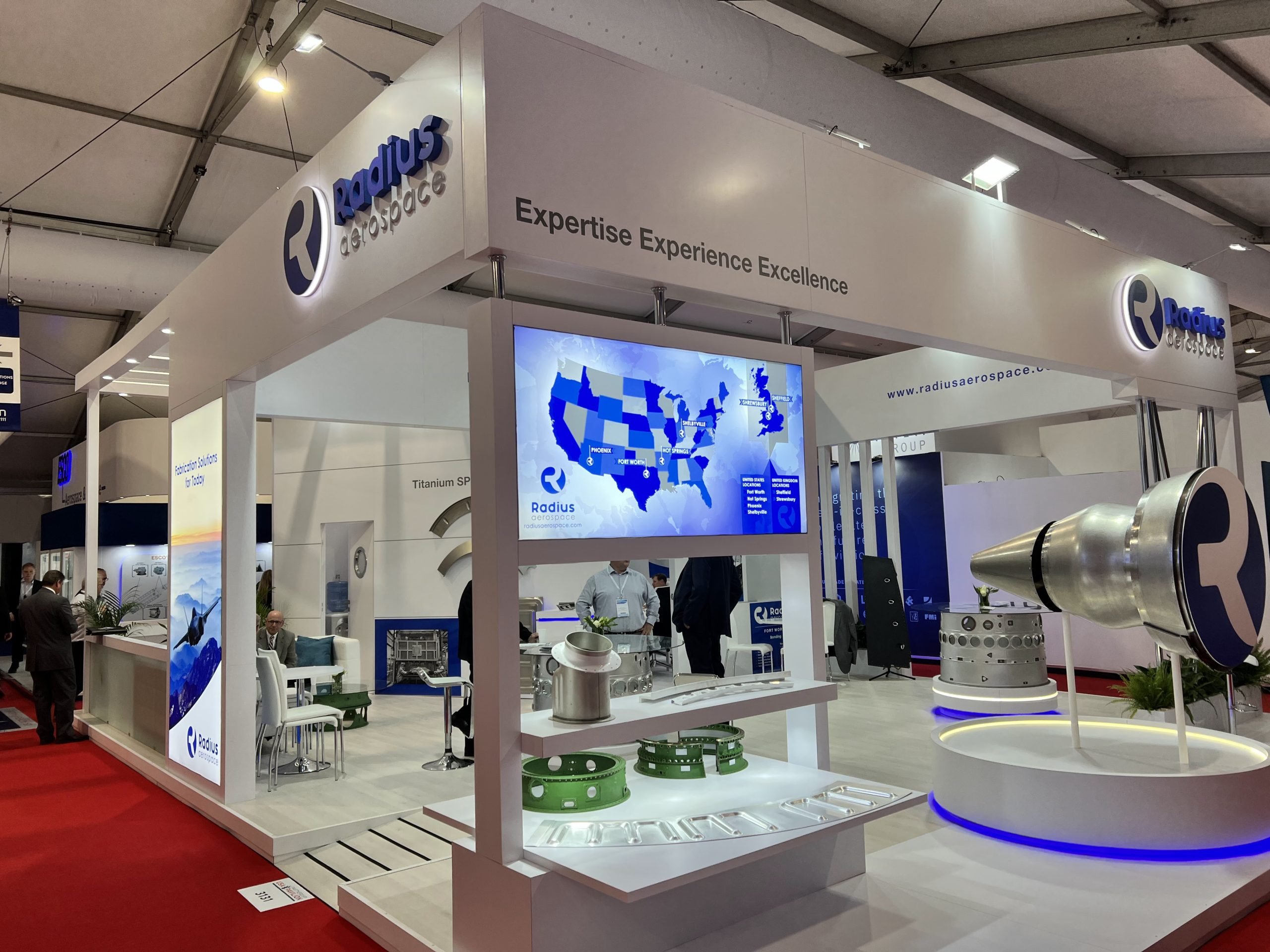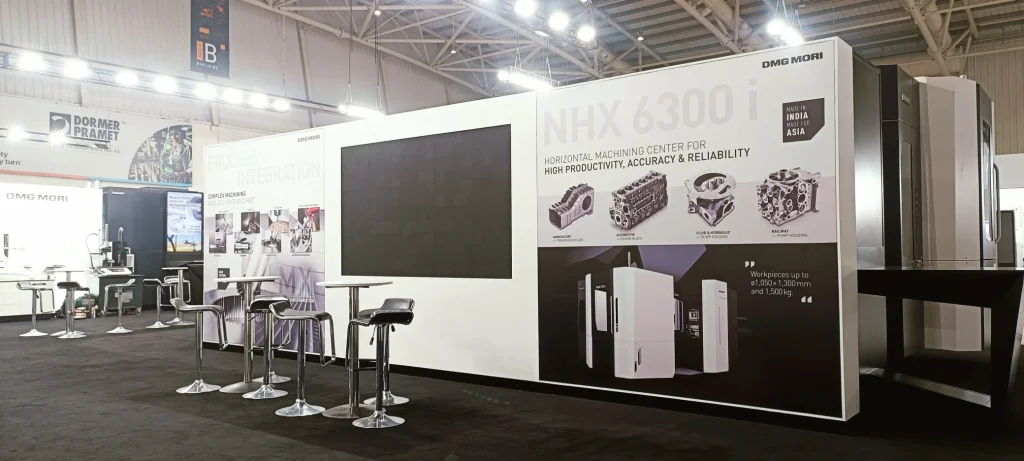
Introduction:
In the ever-evolving landscape of trade shows and exhibitions, adaptability is a crucial component of success. Exhibitors face a myriad of challenges, from shifting audience demographics to varying booth sizes and layouts. To thrive in this dynamic environment, exhibitors must embrace flexibility and modularity in their booth designs.
In this article, we’ll explore the importance of adaptation in trade show booths and how flexible and modular designs can enhance exhibitors’ ability to engage with attendees and effectively showcase their products or services.
The Need for Adaptation:
Trade show exhibits are bustling hubs of activity, where exhibitors compete for attention amidst a sea of booths. Each trade show presents unique challenges, such as different venue layouts, diverse attendee demographics, and evolving industry trends.
In such a dynamic environment, exhibitors must be able to adapt quickly to changing circumstances to stand out from the crowd and maximize their impact. Rigid booth designs that lack flexibility can hinder exhibitors’ ability to respond effectively to these challenges, limiting their potential for success.
Benefits of Flexible and Modular Booth Designs:
Flexible and modular booth designs offer exhibitors a range of benefits that enable them to adapt to the demands of trade show environments more effectively. These designs are characterized by their ability to be easily reconfigured, expanded, or downsized to suit varying booth sizes and layouts.
By incorporating elements such as modular walls, interchangeable graphics, and versatile furniture, exhibitors can create booth layouts that are tailored to their specific needs and objectives for each trade show they attend.
Enhanced Engagement and Brand Visibility:
Flexible and modular booth designs allow exhibitors to create engaging and interactive experiences that captivate attendees’ attention and leave a lasting impression. By incorporating interactive technology, immersive displays, and experiential activations, exhibitors can create dynamic environments that encourage interaction and participation.
Additionally, the ability to customize booth layouts and branding elements ensures that exhibitors’ messaging and branding are prominently featured, increasing brand visibility and recognition on the trade show floor.
Cost-Effectiveness and Sustainability:
In addition to their adaptability and engagement benefits, flexible and modular trade show booth designs offer exhibitors cost-effective and sustainable solutions. Modular components can be reused and reconfigured for multiple trade shows, reducing the need for new materials and minimizing waste.
Furthermore, the ability to easily transport and assemble modular booth components can lead to savings in shipping, labor, and setup costs, making these designs an attractive option for exhibitors looking to maximize their return on investment.
Case Studies:
Numerous exhibitors have successfully leveraged flexible and modular booth designs to achieve their trade show objectives. Let’s take a hypothetical example, Company X, a technology firm, utilized modular walls and interchangeable graphics to create a customizable booth that could be easily reconfigured for different trade show exhibits. By adapting their booth layout and messaging to suit each event, Company X was able to effectively engage with attendees and generate leads across diverse industry verticals.
Similarly, Company Y, a consumer goods manufacturer, incorporated interactive technology and modular displays into their booth design to create an immersive brand experience. By inviting attendees to participate in product demonstrations and hands-on activities, Company Y was able to drive brand engagement and increase booth traffic, ultimately leading to a significant increase in sales and brand awareness.
Conclusion:
In conclusion, the art of adaptation is essential for exhibitors seeking success in the dynamic world of trade shows and exhibitions. Flexible and modular trade show booth designs offer exhibitors the versatility, engagement, and cost-effectiveness needed to thrive in this fast-paced environment.
By embracing adaptability and incorporating these design principles into their booth layouts, exhibitors can effectively engage with attendees, showcase their products or services, and achieve their trade show objectives with confidence and creativity.


 US
US
 EU
EU


